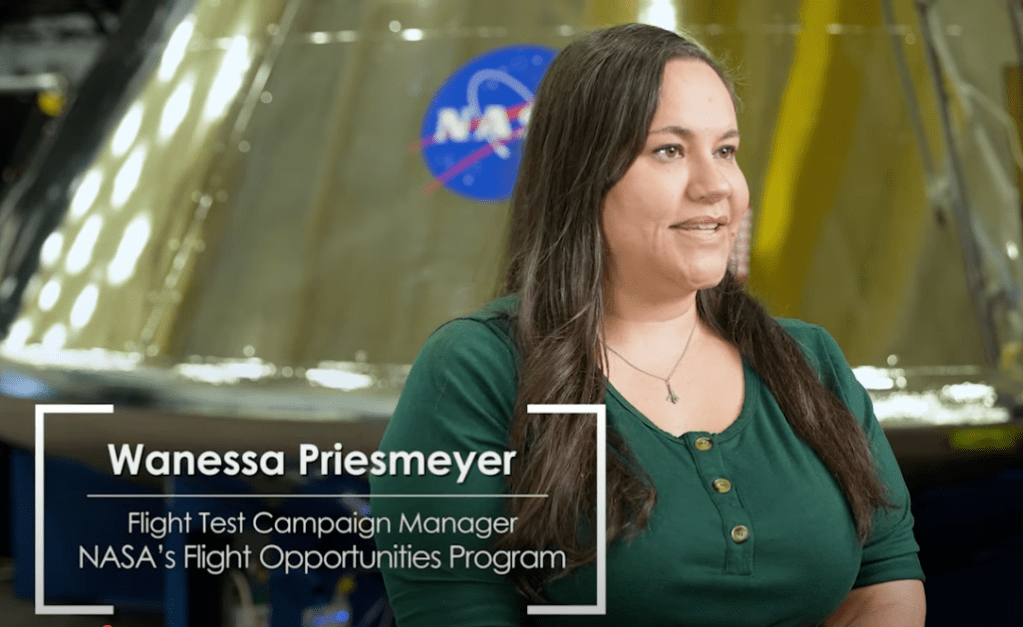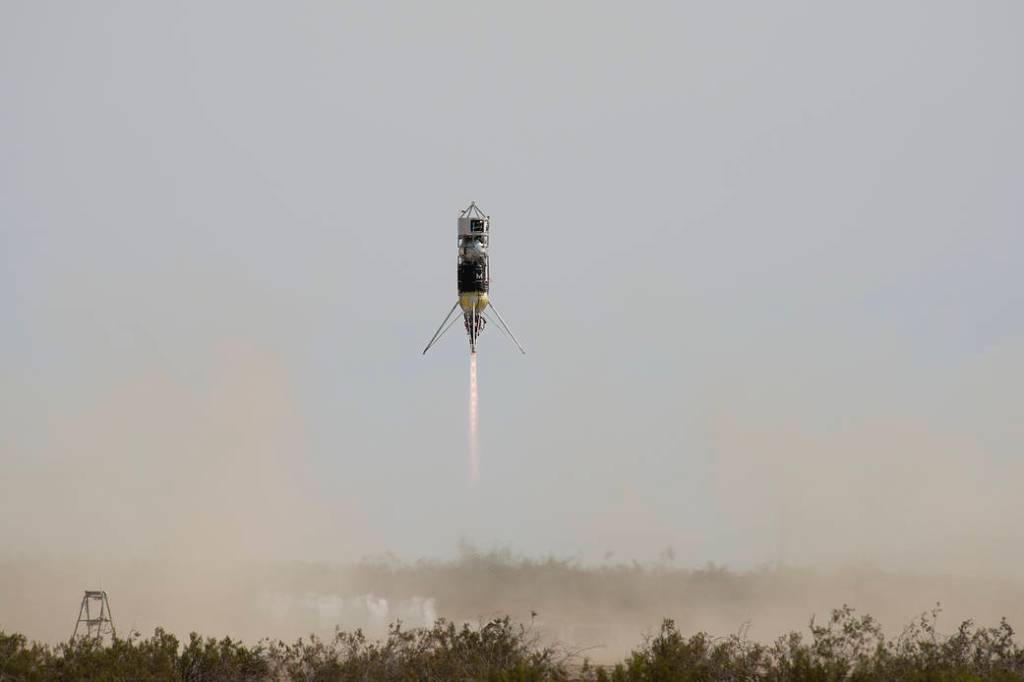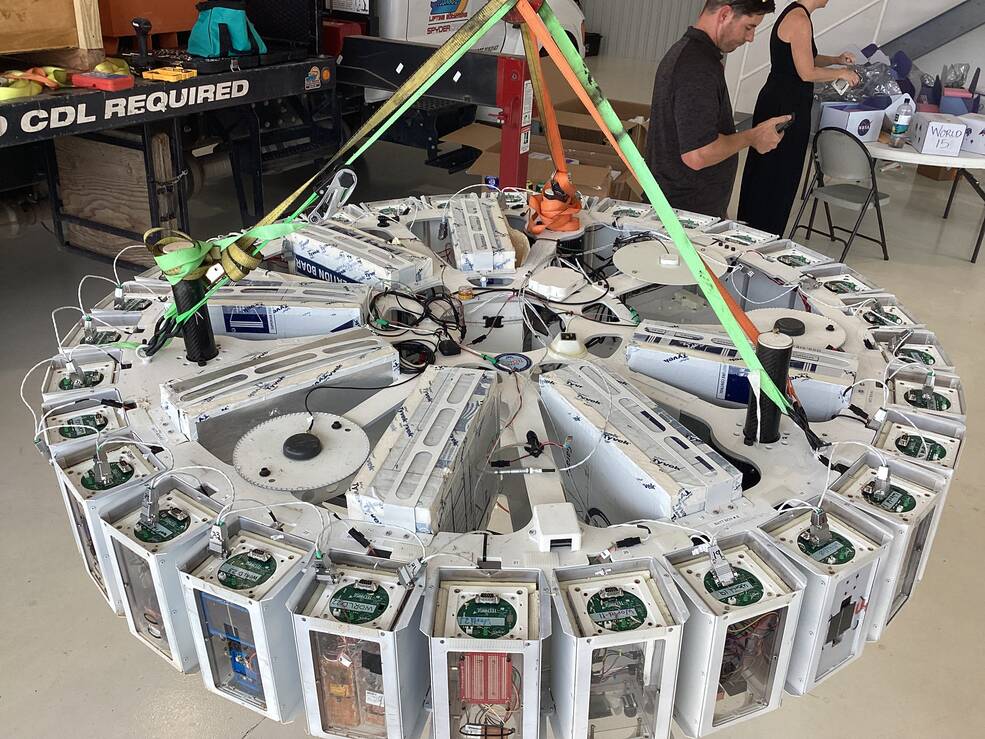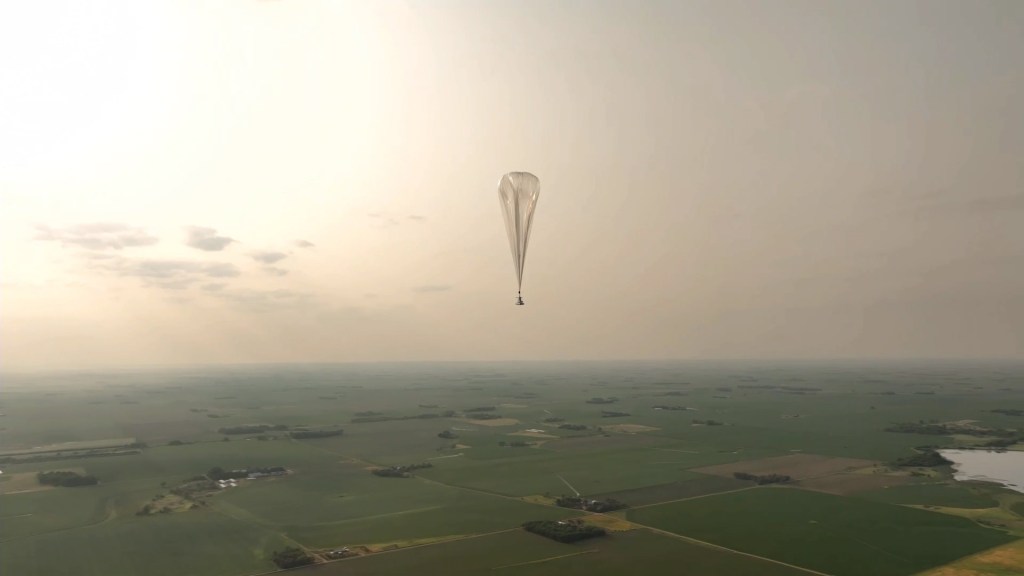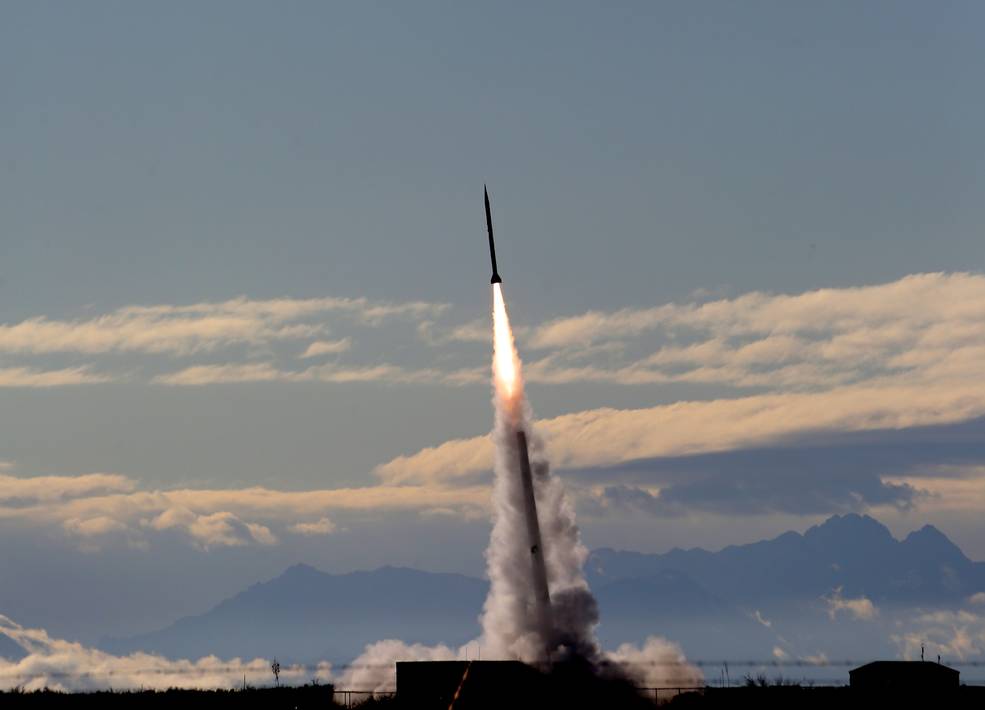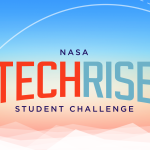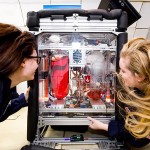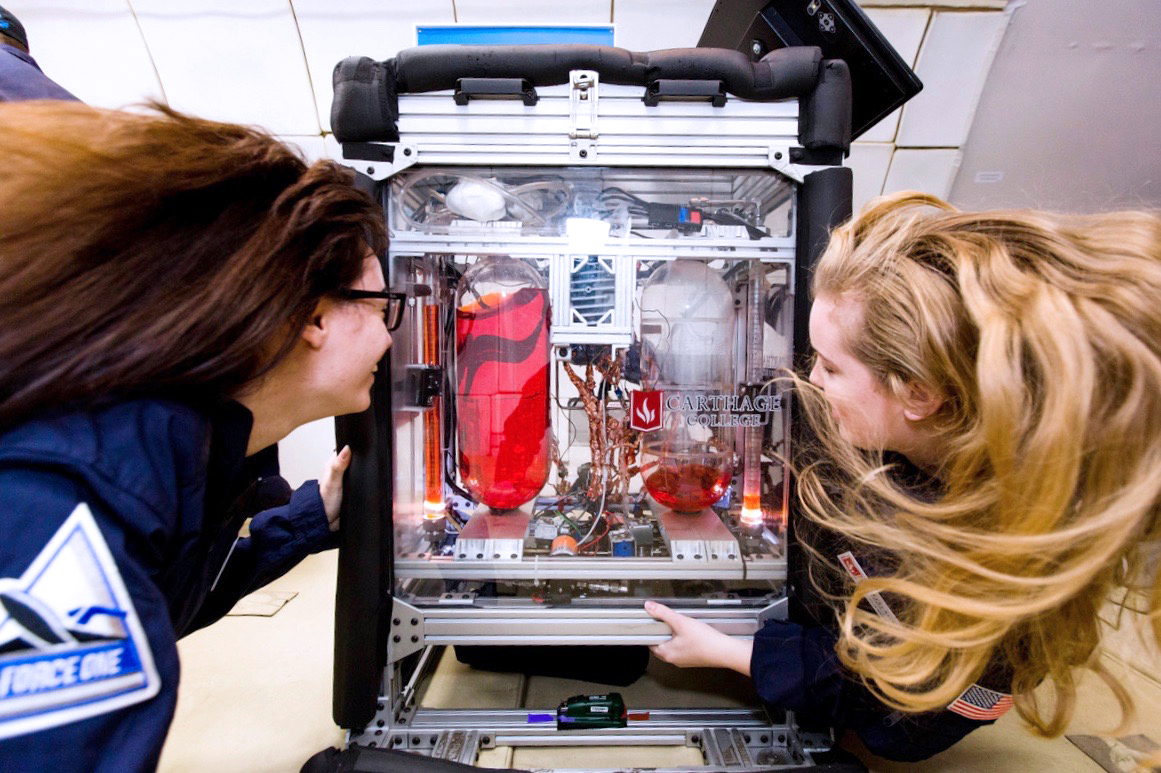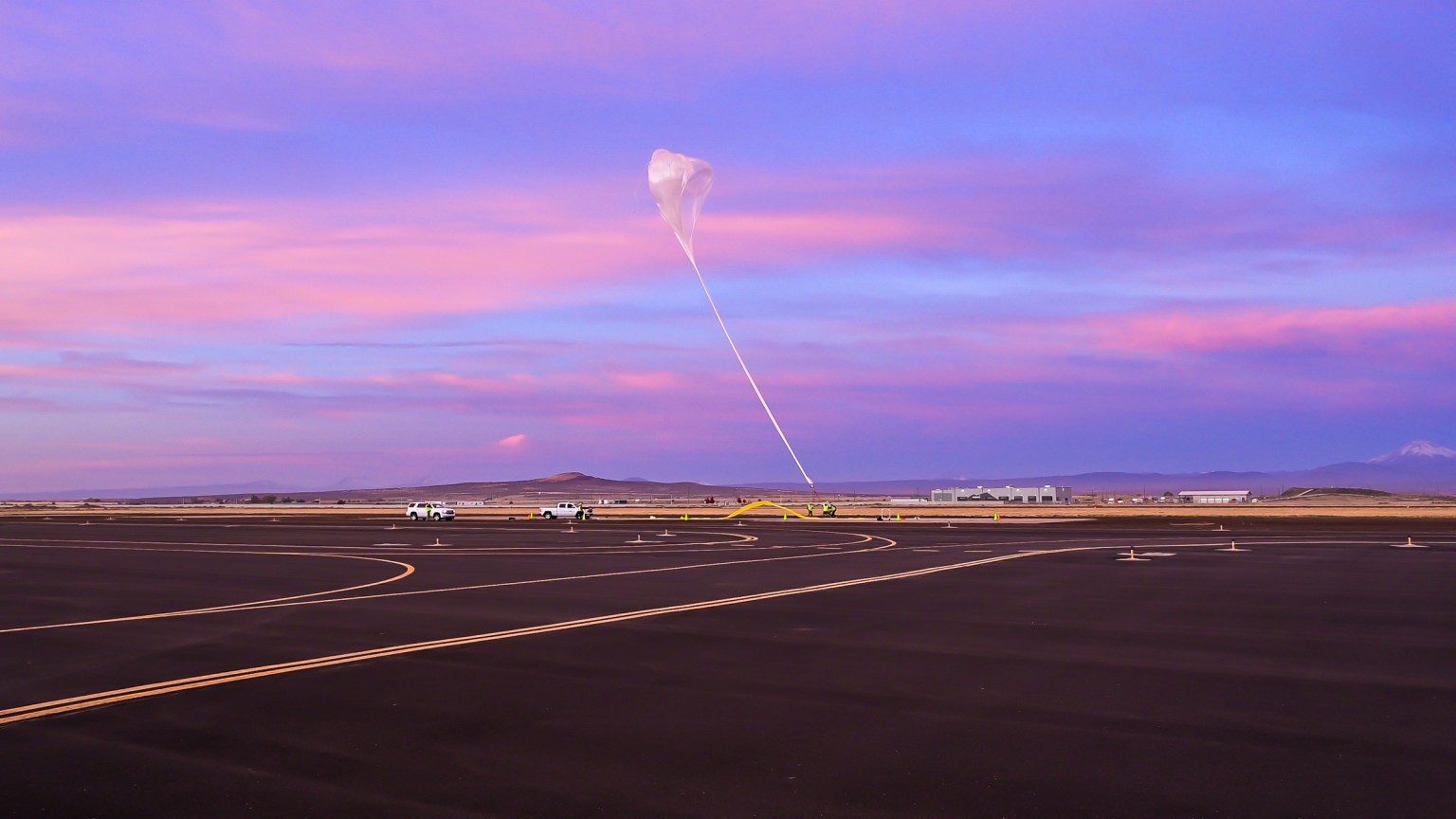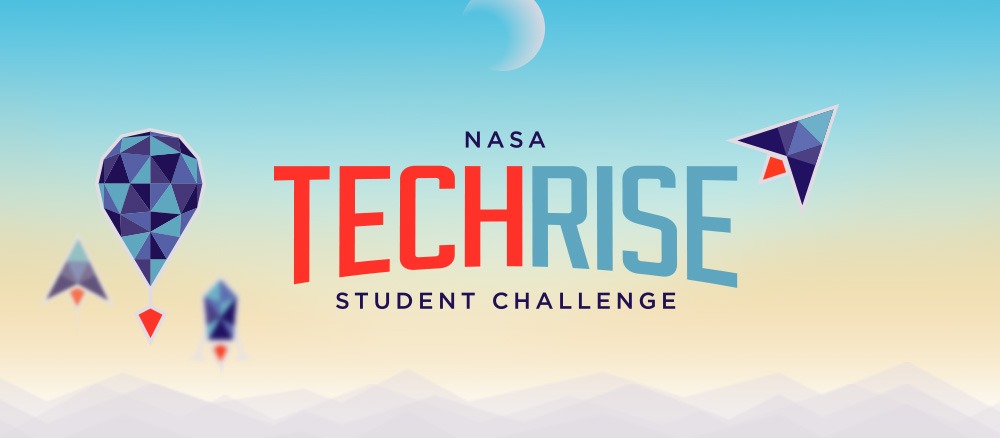
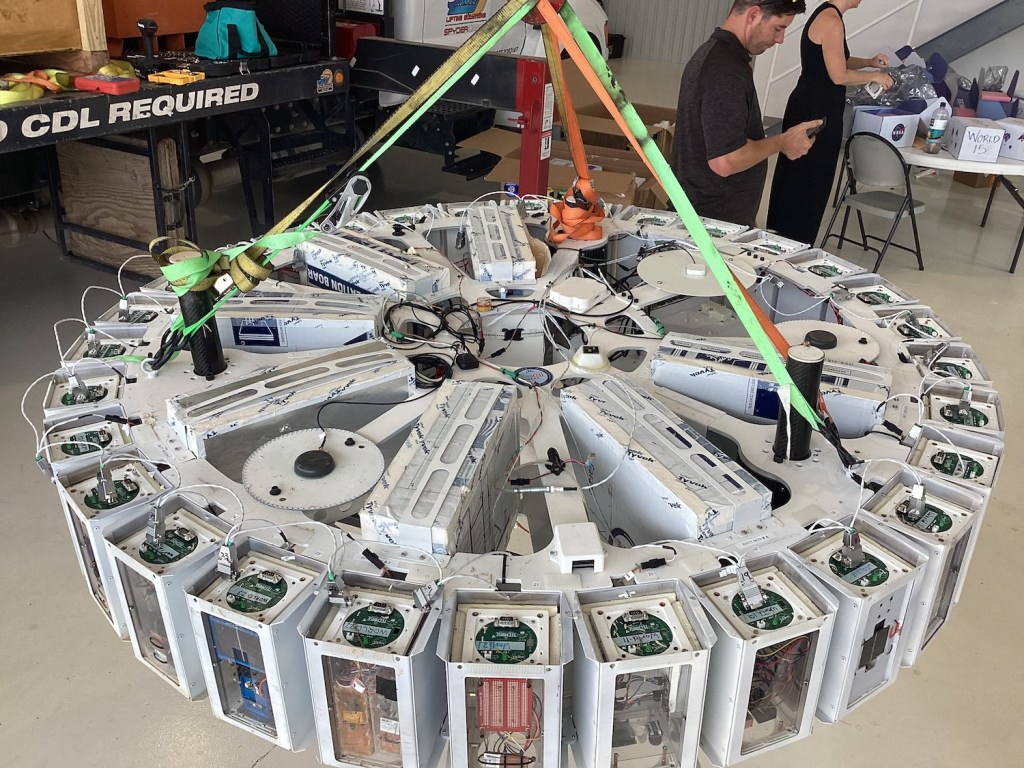
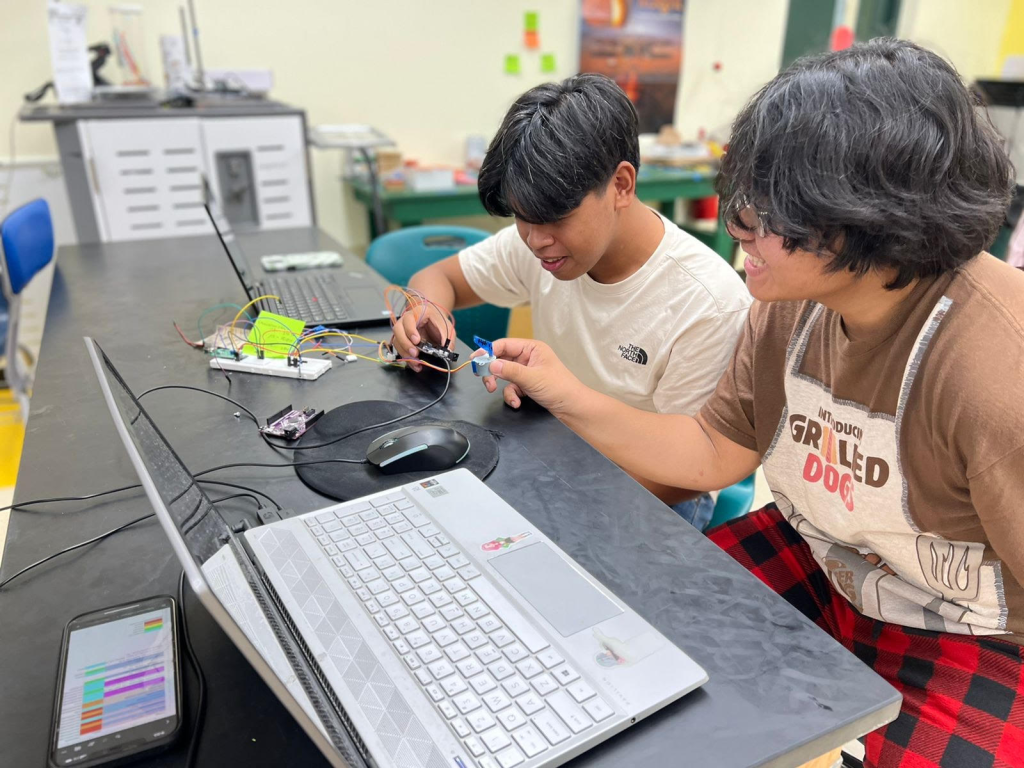
NASA TechRise Student Challenge
Students in sixth to 12th grades attending a U.S. public, private, or charter school – including those in U.S. territories – are challenged to team up with their schoolmates to design an experiment under the guidance of an educator. Teams can submit ideas for experiments to fly on a suborbital flight platform. Competition winners receive $1,500 to build their payloads and an assigned spot on a NASA-sponsored commercial flight test. No experience is necessary to join the NASA TechRise Challenge!
The challenge is managed by NASA’s Flight Opportunities program, which rapidly demonstrates technologies for space exploration, discovery, and the expansion of space commerce through suborbital and hosted orbital testing with industry flight providers.
challenge status
2024–2025 winners announced
Flight Test Platform
High-altitude balloon
number of students
530+
states/territories
50
Winners Announced | Getting Ready to Soar into the Stratosphere | More about TechRise
NASA Selects Winners of Fourth TechRise Student Challenge
On January 21, NASA announced 60 winning teams for its fourth TechRise Student Challenge, a nationwide contest to engage students in technology, science, and space exploration. The middle and high school student teams will work together to turn their proposed science and technology experiments into reality ahead of NASA-sponsored flight tests in summer 2025.
The challenge opened for submissions on August 1, 2024, to students in grades six through 12 at U.S. public, private, or charter schools, including those in U.S. territories. The winning teams include more than 530 students representing 50 states and territories. Their experiments, once built, will fly on a high-altitude balloon operated by World View Enterprises of Tucson, Arizona.
Winning proposals address a wide variety of STEM (science, technology, engineering, and math) challenges, including studying ozone levels and volatile organic compounds, testing the effects of radiation on different materials, and using environmental sensors to gather data for Earth-observation experiments.
Getting Ready to Soar into the Stratosphere
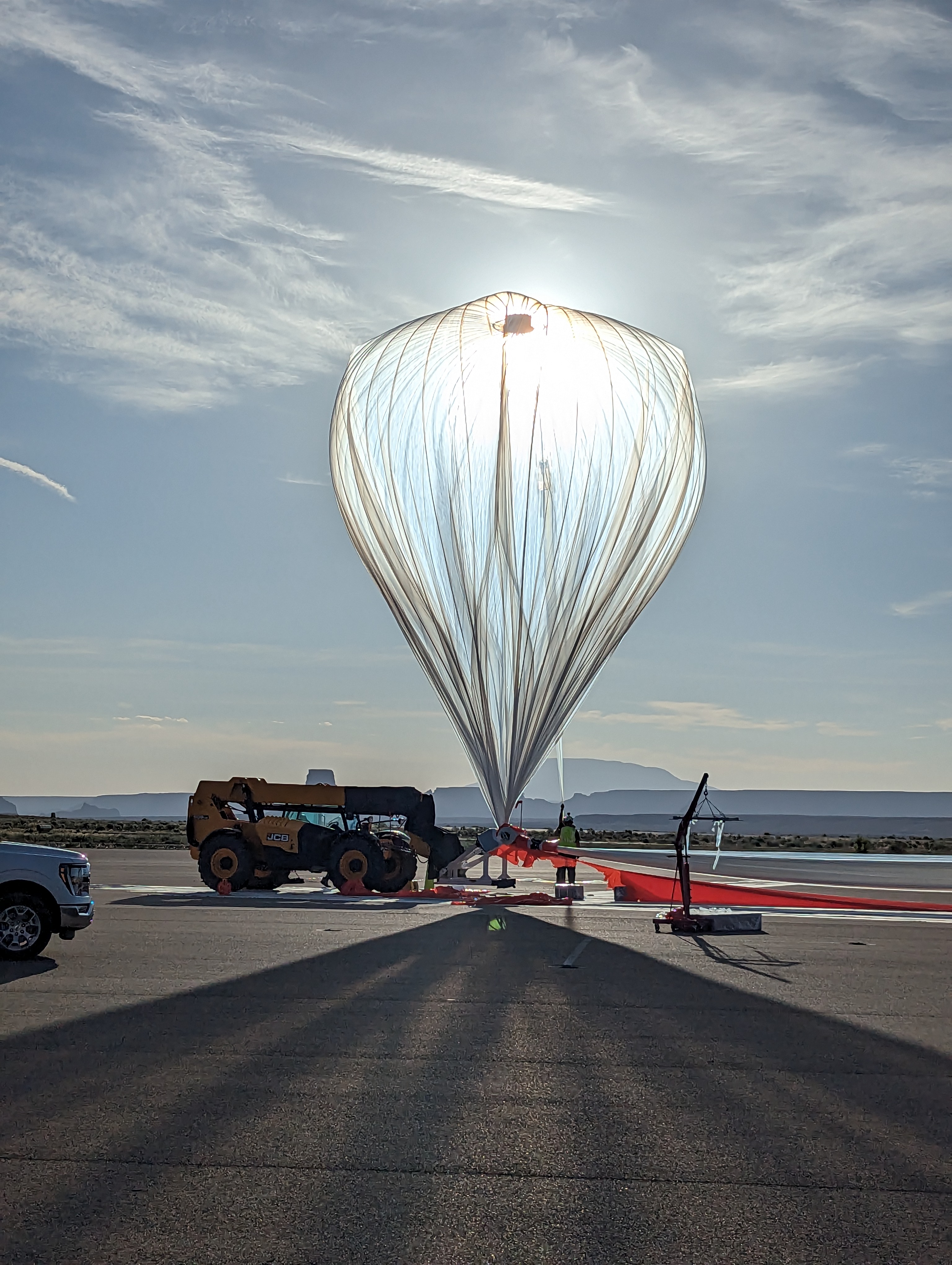
World View high-altitude balloon.
Future Engineers
Each team will receive $1,500 to build their experiments, a flight box to house it, technical support from Future Engineers, and an assigned spot for their experiments on a high-altitude balloon flight test scheduled for summer 2025.
During the test, experiments will experience approximately four hours of flight time at approximately 70,000 feet with exposure to Earth’s upper atmosphere, high-altitude radiation, and views of Earth. At that altitude, they will experience the stratosphere’s unique thermal and atmospheric environment, providing conditions that ground-based testing cannot replicate. The high-altitude balloon will also allow payloads to observe the surface below them and collect data on land features such as vegetation and bodies of water.
“As my students begin building their NASA TechRise experiment, I am most excited to see their ideas come to life,” said Marifi Doculan, TechRise educator lead for the winning team from Marinas High School in Saipan in the Commonwealth of the Northern Mariana Islands. “Watching them apply their theoretical knowledge to practical implementation will be incredibly rewarding. I look forward to seeing their creativity flourish as they tackle challenges, adapt their designs, and refine their experiment. Most of all, I am eager for the moment they witness the flight of their project — a culmination of their hard work, curiosity, and determination, and a moment that will undoubtedly inspire them to reach even greater heights in their scientific journeys.”
More About the TechRise Student Challenge
Managed by NASA’s Flight Opportunities program at the agency’s Armstrong Flight Research Center in Edwards, California, and administered by Future Engineers, the TechRise Student Challenge is designed to inspire a deeper understanding of Earth’s atmosphere, surface features, and climate. It also provides students the opportunity to learn more about space exploration, coding, electronics, and the value of test data. TechRise is one of many NASA Prizes, Challenges, and Crowdsourcing efforts within STMD offering opportunities to participate in America’s space program.
“For the past four years, TechRise has given thousands of students around the country the chance to engage directly with professional engineers in the creation of operational payloads for suborbital flight, and this hands-on opportunity has inspired them to dream bigger and aim higher throughout their academic and professional paths,” said Danielle McCulloch, program executive for Flight Opportunities at NASA Headquarters in Washington. “Nurturing innovation and catalyzing interest in STEM fields is mission critical for NASA, and we’re proud to see TechRise continue to do just that.”

























